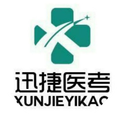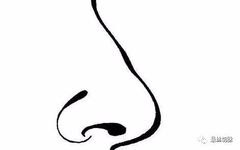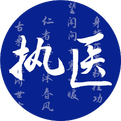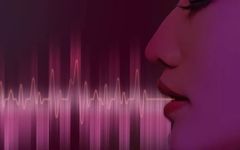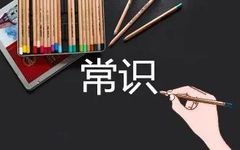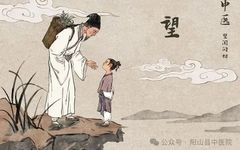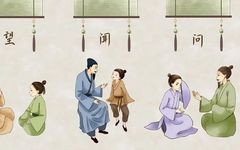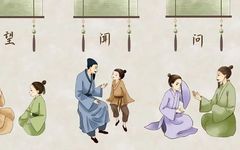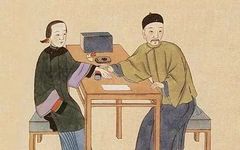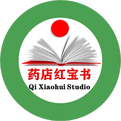Key Knowledge Summary of TCM Expertise | What Does Auscultation and Olfaction Include?
In the written examination for practicing physicians, the subject of diagnosis is a key focus throughout the exam, making it quite challenging to master. The knowledge points of auscultation and olfaction are complex and provide a foundation for differential diagnosis. The teacher has compiled a summary of 20 key points for students to pay attention … Read more

